When you go to a museum, there are usually at least a few paintings that take you in and cause your mind to linger amongst the images on canvas that haunt your mind…I love going to the museum and being led by my children. It’s nice to see what artwork they gravitate toward. We seemed to agree that the Lady Agnew, The Ladies Waldegrave and The Reverend Robert Walker were three subjects that we were naturally and happily pulled into. Their portraits were captivating and tremendously enjoyed at the Botticelli to Braque: Masterpieces from the National Galleries of Scotland at the Kimbell Art Museum in Fort Worth. When I take my children to the museum, I go with the flow… the plan is not to have a plan and see what you can see as long as they can go.
Lady Agnew of Lochnaw, John Singer Sargent, 1892. Scottish National Gallery.
Lady Agnew’s direct gaze takes the viewer in with her seductive eyes and alabaster skin. The cool blue Chinese fabric and shimmering satin dress have a free and fluid feel that add an air of mystery. Sargent captured Lady Agnew in an informal pose that is striking and hypnotizing. Lady Agnew was about twenty-six-years-old when Sargent captured her. She lived a very extravagant life style and spent most of the Agnew fortune. It was saddening to learn that she had to sell her painting so that she could make some money for herself.
The Ladies Waldegrave, Reynolds, 1780. Scottish National Gallery.
Three sisters quietly work together on a piece of embroidery. The sisters were all married shortly after this painting which was commissioned by their great-uncle, Horace Walpole, for his house Strawberry Hill. The Ladies Anna Horatia, Elizabeth Laura, Charlotte Maria Waldegrave, daughters of the second Earl Waldegrave and his wife Maria Walpole, were sure to get some eligible suitors. Their beauty and gentleness were noticed when the painting went on public display at the Royal Academy. This is probably why the sisters were married so soon after the portrait was created.
The Reverend Robert Walker Skating on Duddingston Loch, Sir Henry Raeburn, 1795. Scottish National Gallery.
The Skating Minister is one of Scotland’s most beloved paintings. Walker was the minister of Canongate church in Edinburgh and participated in founding the first figure skating club of the world…the Edinburgh Skating Club. There’s an amusing and sub plot style humor to this painting by Raeburn. The Reverend Walker is like Santa…he has a twinkle in his eye, rosy red cheeks and a merry stride. The Reverend’s pose looks effortless as he glides across the slippery ice…showing perfect control. He is poised and keeps his balance without the use of his arms. The mountains in the background look bleak but the Reverend seems to skate with joy.
I have always believed museums to be powerful learning environments that give children opportunities to explore, observe and experience art. Children get to choose what to look at, and they leave with the pictures stored in their heads. The memories they create are filed away for future reference. Museum experiences help provide children with knowledge and understanding of the world all while gaining an appreciation for art.
The museum shop in the Kimbell is a must see also. Among the array of gifts and remembrances on sale are decks of playing cards that name and reproduce the paintings on display. Much like learning from the use of flash cards, the children playing card games can see the painting, read the title and remember it. What a great souvenir.
Related posts:
Dega and Pollock…with children
Mary Cassatt: 5 things you might not know


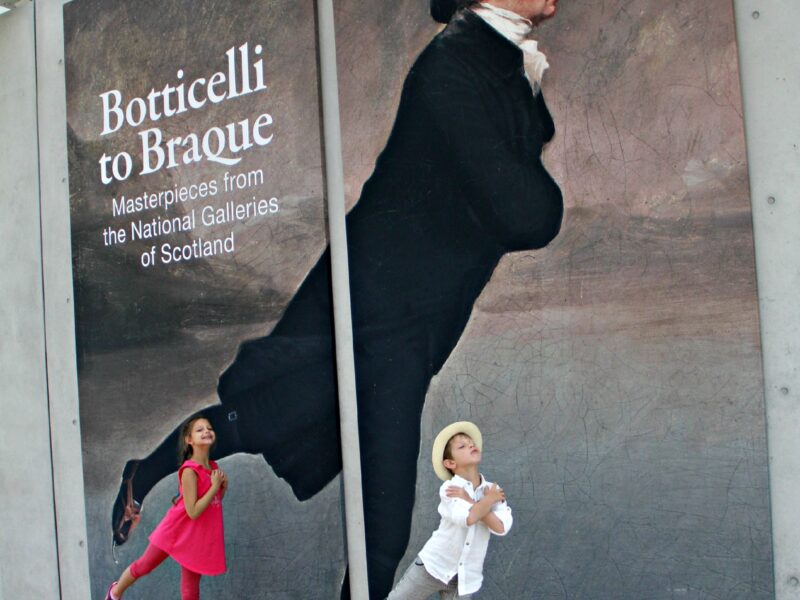
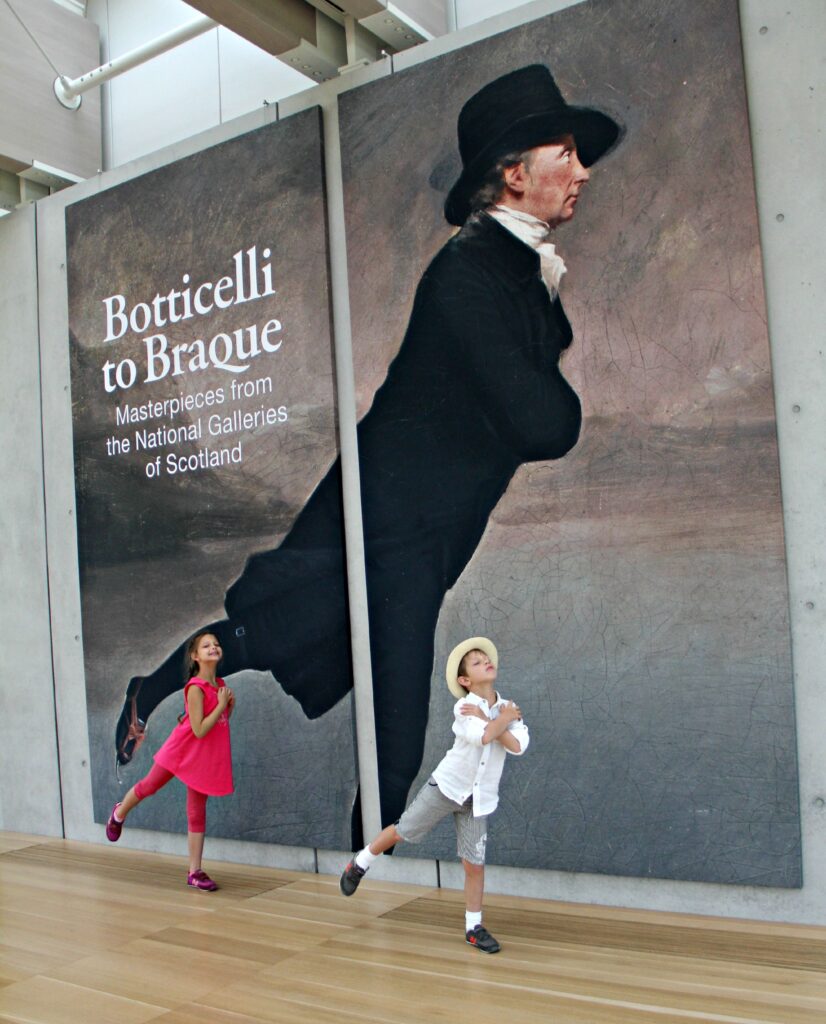
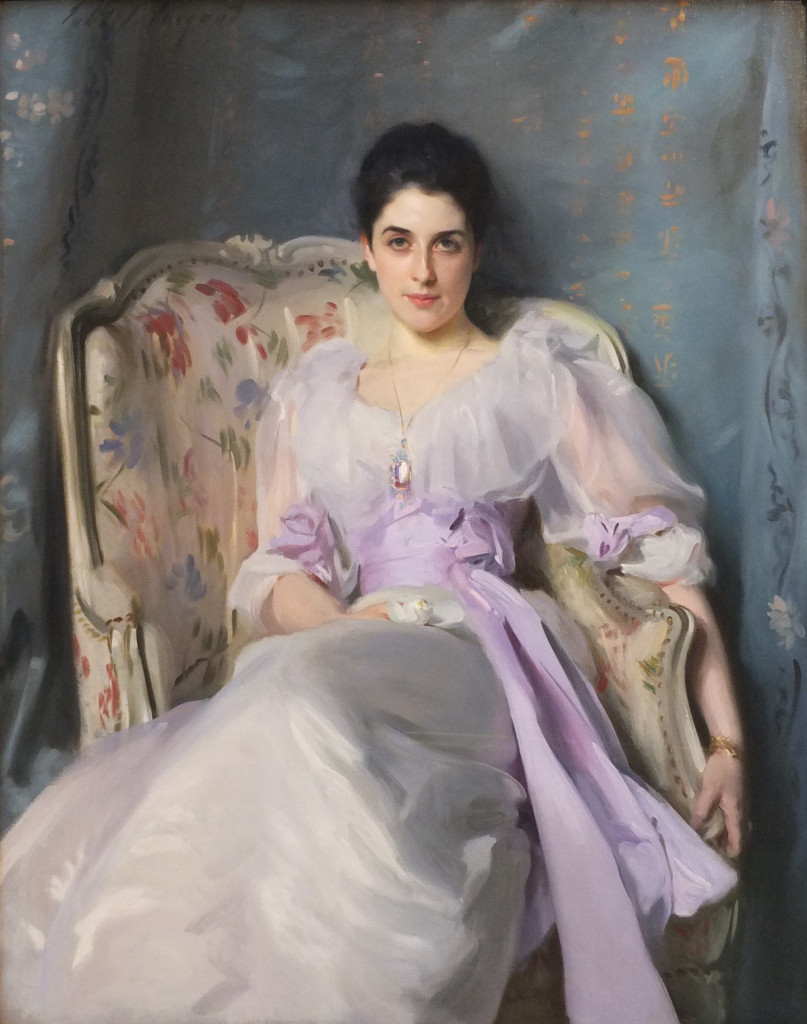
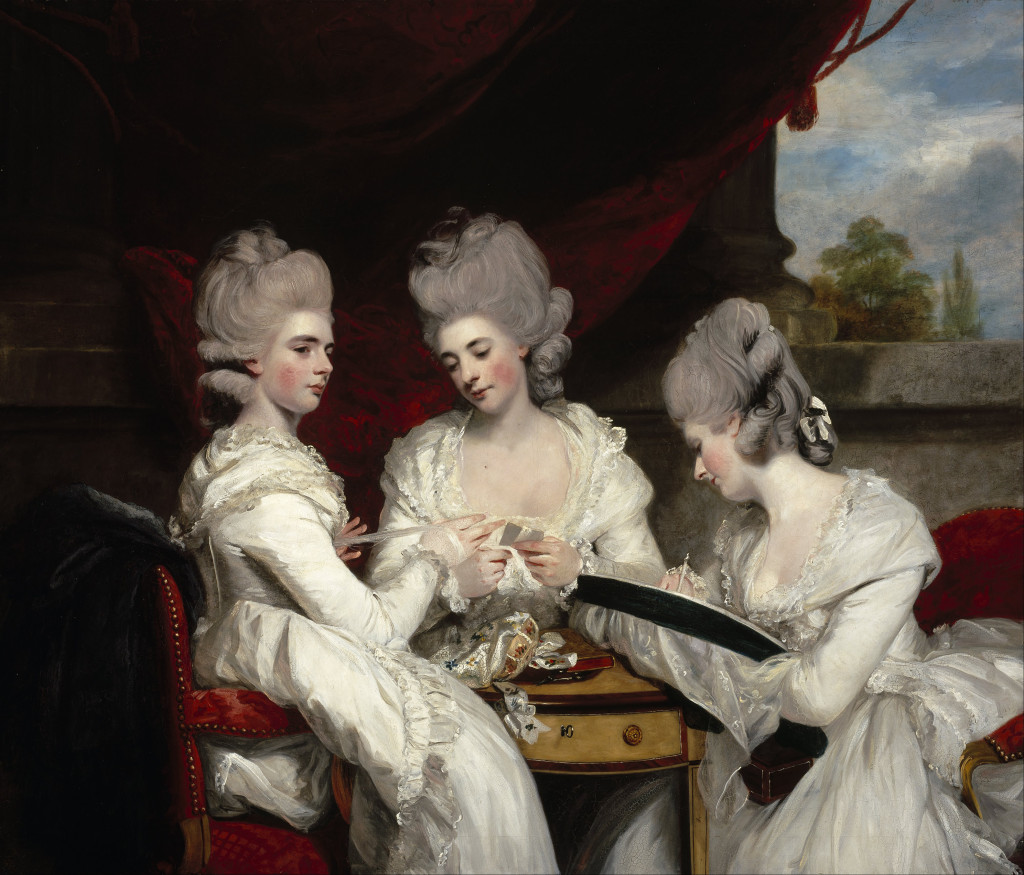
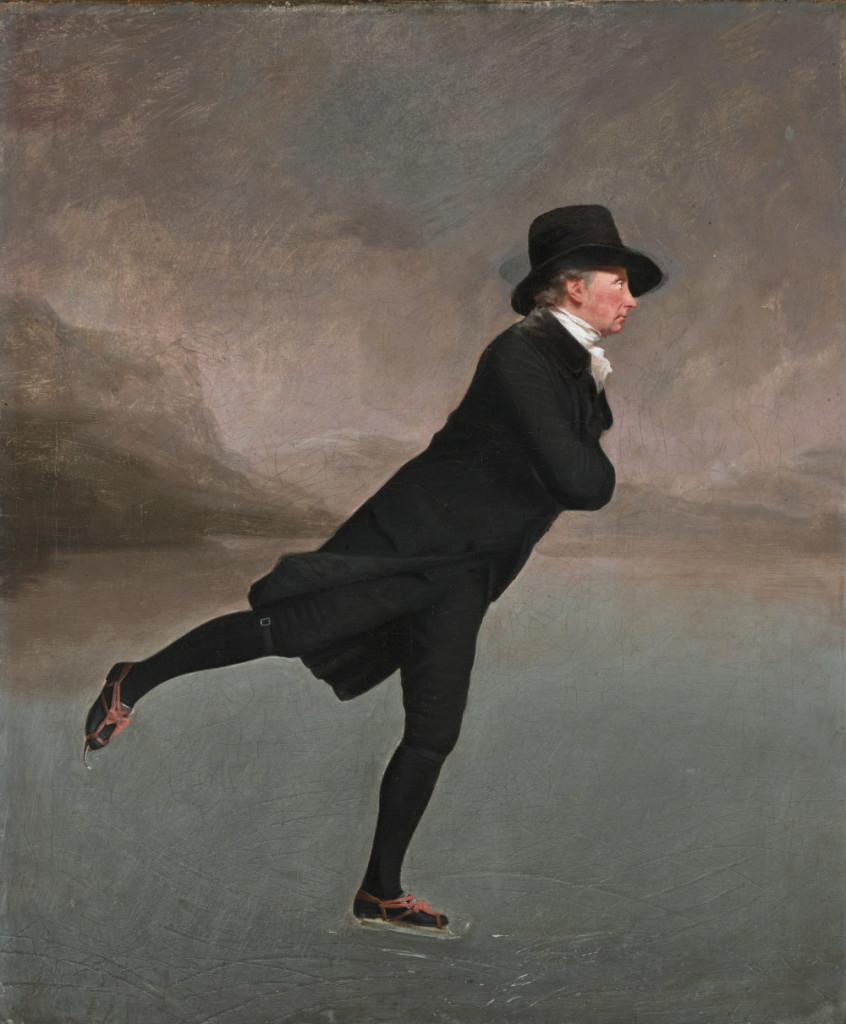
 Ice Cream flavors based on your favorite cocktails
Ice Cream flavors based on your favorite cocktails